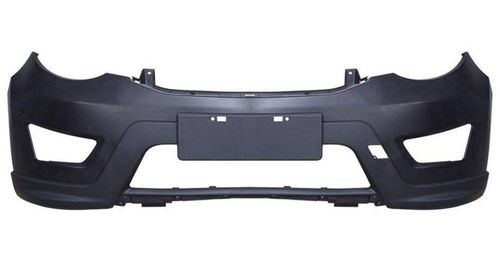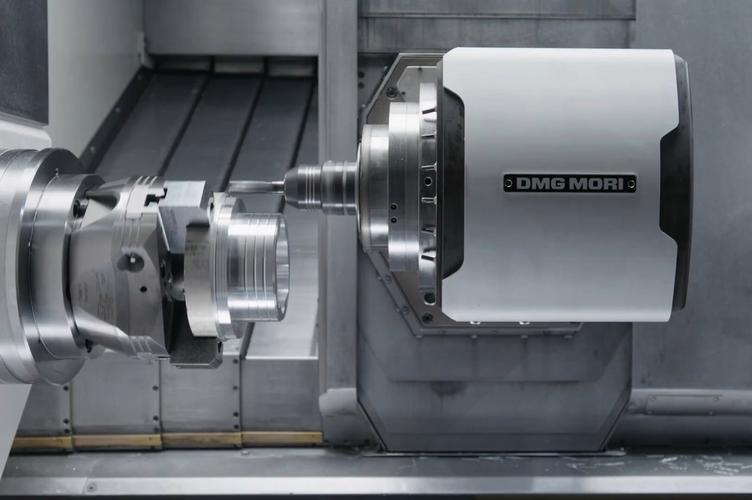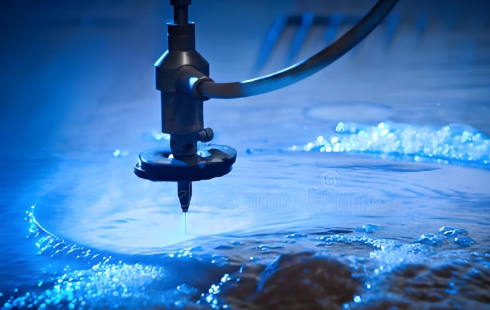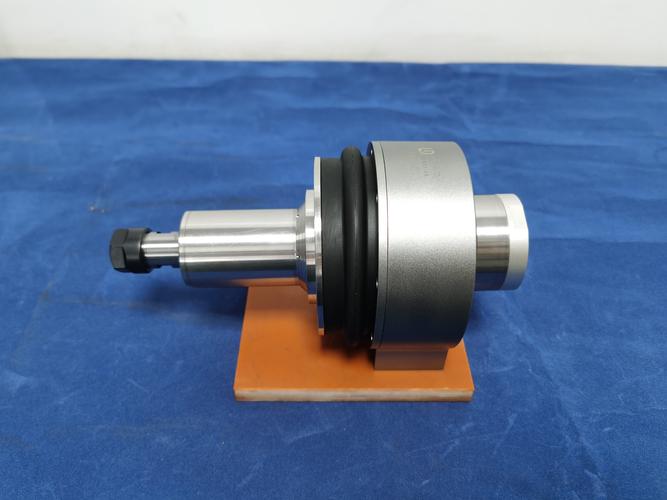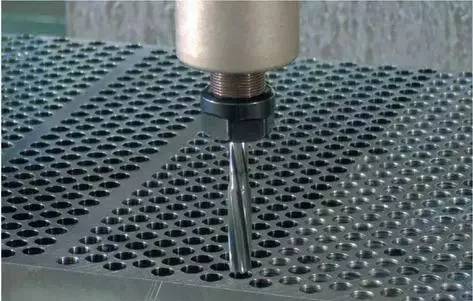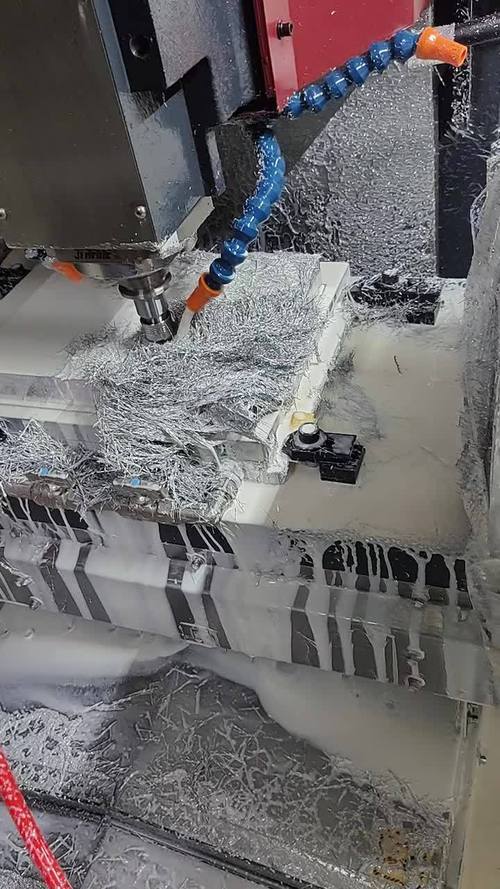Enhancing the toughness of automotive plastic bumpers involves selecting flexible base resins, adding impact modifiers, optimizing processing to reduce internal stress, and designing energy-absorbing structures. These measures improve resistance to impact and deformation, ensuring bumpers can withstand low-speed collisions without cracking or breaking.
Detailed Analysis on Enhancing Bumper Toughness
1. Material Selection for Toughness
The base resin and its formulation are critical for bumper toughness:
- Flexible Base Resins: Bumpers primarily use PP (polypropylene) blends due to cost and processability. PP copolymer (with ethylene content) has better toughness than homopolymer, with an Izod impact strength of 20–30 kJ/m² (vs. 2–5 kJ/m² for homopolymer). TPO (thermoplastic olefin), a PP/EPDM blend, offers higher toughness (30–50 kJ/m²) and weather resistance, ideal for outdoor use.
- Impact Modifiers: Adding elastomers like EPDM (ethylene propylene diene monomer) to PP increases toughness by absorbing impact energy. A 20% EPDM addition raises PP’s impact strength from 5 to 35 kJ/m², preventing brittle failure in cold temperatures (-40°C). POE (polyolefin elastomer) is more compatible with PP, improving low-temperature toughness without reducing rigidity.
- Rubber Toughening: Incorporating styrene-butadiene rubber (SBR) or SEBS (styrene-ethylene-butylene-styrene) into TPO enhances flexibility. SEBS-modified TPO maintains toughness even after aging, critical for bumpers exposed to UV and heat.
2. Processing Parameter Optimization
Processing controls affect molecular structure and stress, impacting toughness:
- Melt Temperature: For PP-based bumpers, process at 180–220°C. Too low a temperature causes incomplete melting, leading to weak interfaces between resin and modifiers; too high degrades elastomers, reducing impact resistance. TPO requires 200–230°C to ensure uniform dispersion of EPDM.
- Injection Speed & Pressure: Slow, uniform injection (30–50 mm/s) reduces shear stress, which can break polymer chains. Moderate pressure (60–80 MPa) ensures full mold filling without creating internal stress hotspots. Rapid injection or excessive pressure increases stress, making bumpers prone to cracking.
- Cooling Rate: Gradual cooling (mold temperature 40–60°C) reduces residual stress. For PP/TPO, slow cooling allows better crystal formation and elastomer distribution, improving toughness. Quenching (cold mold <20°C) causes uneven shrinkage and stress, lowering impact strength by 10–15%.
3. Structural Design for Energy Absorption
Bumper geometry plays a key role in dissipating impact energy:
- Honeycomb or Rib Structures: Internal ribs (thickness 2–3 mm, spacing 10–15 mm) create a lattice that bends and deforms under impact, absorbing energy. Honeycomb patterns in the bumper core reduce weight while increasing toughness, as the cells collapse progressively during collisions.
- Curved Profiles & Tapering: Bumpers with curved front surfaces and tapered edges (thinner at the edges, thicker at the center) distribute impact force evenly. A 5° taper reduces stress concentration at the edges by 30%, preventing cracks from propagating.
- Energy-Absorbing Foam Inserts: Polyurethane foam (density 30–50 kg/m³) bonded to the bumper’s inner layer acts as a cushion. During low-speed impacts (≤15 km/h), the foam compresses, absorbing 40–50% of impact energy before it reaches the rigid structure.
4. Additives for Environmental Resistance
Toughness must persist under harsh conditions:
- UV Stabilizers: Bumpers exposed to sunlight need UV absorbers (e.g., benzotriazoles) to prevent polymer degradation. Adding 0.5–1% UV stabilizer to TPO maintains impact strength at 80% of original after 5 years of outdoor exposure.
- Antioxidants: Phenolic antioxidants prevent PP oxidation, which causes brittleness. A combination of primary (hindered phenols) and secondary (phosphites) antioxidants protects bumpers from heat-induced degradation under the hood, preserving toughness at 80–120°C.
- Weathering Resistance: Carbon black (2–3%) in TPO acts as a UV shield and thermal stabilizer, ideal for dark-colored bumpers. It increases toughness retention by 20% compared to unmodified TPO after 1,000 hours of weathering testing.
5. Testing and Validation
Bumper toughness is validated through industry standards:
- Izod Impact Test: Measures resistance to sudden impact. Bumpers require ≥20 kJ/m² at -40°C (cold) and ≥30 kJ/m² at 23°C (ambient) to pass automotive standards (e.g., ISO 180).
- Low-Speed Impact Test: Simulates 5–15 km/h collisions. A Qualified bumper should deform but not crack, returning to 80% of original shape.
- Thermal Aging Test: Exposing bumpers to 120°C for 1,000 hours ensures toughness remains (≥25 kJ/m²) to withstand engine heat.
- Cold Impact Test: At -40°C, bumpers must resist cracking under a 500 N force, critical for cold climates.
6. Application-Specific Solutions
Different vehicle types demand tailored toughness:
- Passenger Cars: Focus on low-speed impact resistance (≤15 km/h). TPO with 20% EPDM, foam inserts, and ribbed structures meet this need, balancing cost and performance.
- SUVs & Trucks: Higher impact forces require reinforced TPO (30% EPDM + 10% talc) for rigidity, paired with thicker foam (60 kg/m³ density) to handle 20 km/h impacts.
- Electric Vehicles (EVs): Lightweight bumpers use PP/POE blends with 15% glass fiber (for rigidity) and foam inserts, reducing weight by 10–15% while maintaining toughness.
By combining flexible materials, optimized processing, smart design, and protective additives, automotive plastic bumpers can achieve the toughness needed to withstand impacts and environmental stress, ensuring safety and durability.
